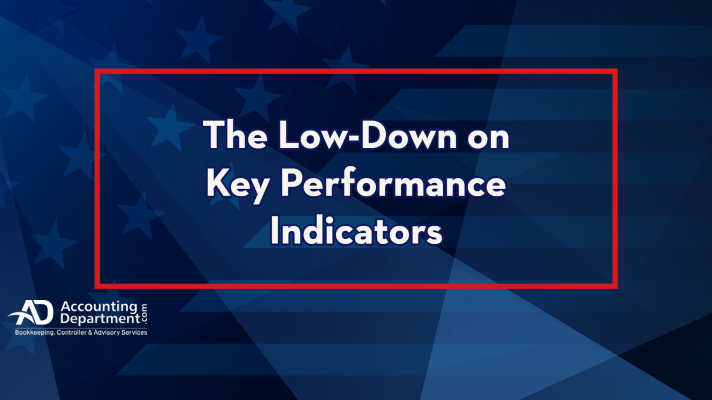Clickthrough rates for web content, production efficiency, and average resolution time have one major commonality. These are all examples of key performance indicators, better known as KPIs.
The use of KPIs is important for taking advantage of growth potential. Check out about a dozen types of KPIs, along with how accounting services use these indicators to boost your business growth.
What are Key Performance Indicators
Key performance indicators or KPIs are independent variables associated with your business. These are pieces of data that can be measured in real-time with qualitative and quantitative inputs.
For example, if you are tracking the cost per lead, the number of qualified leads, and customer acquisition costs (CAC) metrics, you can start understanding how much it costs to get customers to buy from your business. Now consider how many different types of KPIs you might need to measure for your company.
Types of KPIs
There are as many key performance indicators as a business has products, staff, and sales. Every time a business wants to increase sales, hire new staff, or advertise, the management will determine KPIs. These KPIs are variables that are categorized into different types of metrics:
- Customer metrics
- Financial metrics
- Health and safety metrics
- Human Resources metrics
- Internet Technology (IT) metrics
- Marketing metrics
- Process Performance metrics
- Retail metrics
- Sales metrics
- Staffing metrics
As you build up a list of important KPIs for your company, start with these focal categories of metrics. This will help you achieve a set of KPIs to measure and report at the end of each quarter and year. Here is where you need to determine how key performance indicators can improve your business.
How to Use KPIs to Improve Your Business
There are a number of ways that KPIs help businesses scale up more successfully. This is where it helps to consider how you make money and where you spend money as a business. Those are the first areas that various metrics can measure.
KPIs for sales metrics, for example, include customer lifetime value, customer acquisition cost, and the average conversion time for contracts signed by clients. These metrics show how much money is spent on customers and on obtaining clients.
As another example, if you are in a retail business, obtaining contracts involves securing valuable brands and vendors to sell products at your shop. These brands and vendors want to see reports detailing production and performance–all of which can be backed by KPIs.
As your business grows and expands in production, you will need to hire more staff. The staffing metrics include:
- Rate of absenteeism
- Overtime hours clocked by employees
- Employee turnover rate
Overtime hours are indicative of growth and can be signs of overworking employees. If this metric is high, consider increasing staff to reduce the amount of payroll spent on more costly overtime. This will also reduce the instances of burnout of staff and increase employee retention.
Using Software and KPIs
All of this key information about your business comes from metrics and KPIs that are accessible in a number of ways. For most business owners, there is software to measure KPIs and do much more for your business.
Here is where having a cloud-based provider of KPI measuring tools is essential. These tools and software are customizable to work for your industry, business size, and business growth. Scale up with the support of data and reports that analyze important KPIs. Use this information to highlight areas of potential and risk that need to be addressed by your business.
What are the 3 Levels of KPIs
There are three primary levels of key performance indicators. Levels include the overarching level for the company as a whole, followed by the mid-level of the departments. At the most microscopic level is the individual project or staff level.
By looking at KPIs as divided by levels, managers can better identify gaps or areas of better performance. This is a great way to use KPIs for analyzing which departments, projects, and staff are doing a better job compared to others.
By eliminating or reorganizing the weaker areas of a business, with the support of KPI data, you can quickly improve the bottom line for any size of company. Start by looking at common variables associated with departments, projects, and types of staff members. Organize how you want your business to operate based on KPI data.
Understanding More About KPIs
A SMART KPI is your best indicator for a business. SMART is an acronym that stands for Specific, Measurable, Attainable, Relevant, and Time-Bound. In terms of KPIs, SMART is used to measure key performance indicators more efficiently. Businesses use the SMART system to focus on the right KPIs when evaluating performance.





